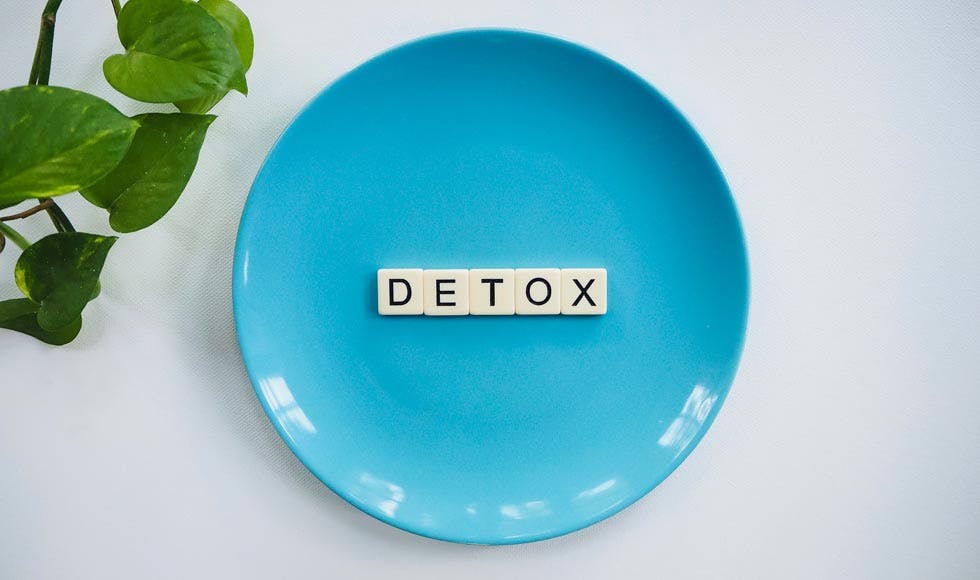
- Health hub/
- Weight management/
- Low GI vs. low fat – which diet is best?


The lowdown on low GI
The glycaemic index (GI) rates foods according to how quickly their carbohydrates are converted to glucose and enter the blood stream. Foods that release glucose slowly (low GI foods) result in steady release of energy from food, which increases the feeling of fullness and encourages fat burning.
Foods that release glucose quickly (high GI foods) give you a sudden burst of energy, but can quickly leave you tired and hungry soon afterwards.
This proves that not all carbohydrates are created equally, and it also supersedes the classification of carbohydrates as simple and complex.
The glycaemic load (GL) is a fine tuning of the GI that takes into consideration the portion size of carbohydrates and how this affects blood sugar levels. It is measured by taking the GI of a food, and multiplying it by the quantity of its carbohydrate content (GI x grams of carbohydrate per serving).
The GI shows that consuming large quantities of low GI carbohydrate foods (such as white pasta) still has a high GL, while a small portion of a high GI food will keep your GL at a low level.
What advantages does low GL have for weight loss?
GL is a measure that incorporates both the quantity and quality of carbohydrates. By taking into account portion size, it’s a more accurate reflection of the impact that carbohydrate foods will have on your weight.
A 2004 study showed that low GL diets offer some unique advantages to dieters. Compared to a low-fat diet, a low GL diet resulted in a smaller reduction in resting energy expenditure (metabolism). By helping to maintain a faster metabolic rate, a low GL diet could result in several kilograms of weight loss over a one year period.
The researchers found that participants on a low-fat diet experienced more hunger in addition to a slower metabolic rate, which may also make it difficult to stay on the diet over the longer term.
These findings were consistent with a 2006 study that compared both high carbohydrate and high protein diets and found the diet with the lowest GL produced the greatest fat loss. According to the researchers, moderate reductions in glycemic load appear to increase the rate of body fat loss.
How to lower the GL of your diet
Eating suitable “types” and “amounts” of carbohydrates is important to effectively control blood sugar and maintain your metabolic rate for weight loss. The following strategies will help to lower the GL of your diet.
Eat low GI – Include a wide variety of low GI carbohydrates in your diet, including oats, wholemeal pasta, chic peas, oranges, beans, lentils, tomatoes, and vegetables.
Small portions – Some strategies to help reduce your portion sizes include eating slowly, eating high nutrient unprocessed foods, drinking plenty of water, and eating smaller meals more often.
J Am Med Assoc. 2004; 292: 2482-2490
Arch Intern Med. 2006; 166: 1466-1475




